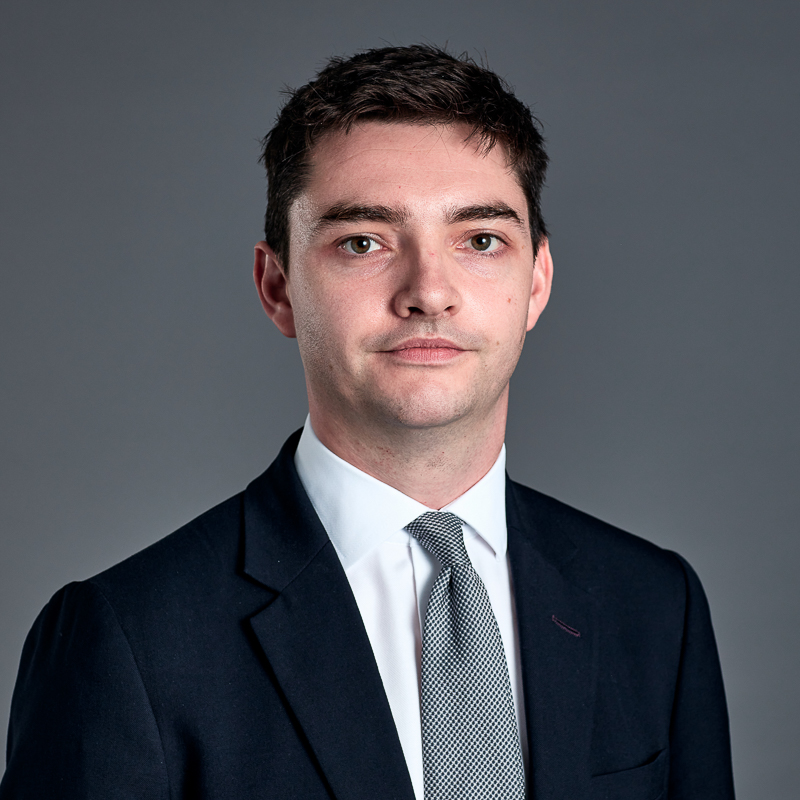Christmas is nearly upon us. For many, much of December passes by in a frenzy of Christmas shopping and frantic preparations for Christmas Day. But how much thought do we give to the inherent safety of the products that we are buying (and receiving)? What if one of those products turns out to be unsafe…
In Jenkinson v Hertfordshire County Council [2023] EWHC 872 (KB) (judgment here), Andrew Baker J has thrown the cat amongst the pigeons on the question of when medical treatment following a tort can break the chain of causation.
The orthodox approach to this issue had been to follow the guidance of the Court of Appeal in Webb v Barclays Bank plc [2002] PIQR P8, which was thought to be authority for the existence of a specific rule of law, which Andrew Baker J defined as follows at [13]:
DJ Vernon … considered that Webb establishes as a rule of law that medical treatment of an injury caused by a defendant’s tort cannot break the chain of causation unless it is such grossly negligent treatment as to be a completely inappropriate response to the injury (“the Specific Rule”).
Jumping to the end, at [43] Andrew Baker J held:
In my judgment, the Specific Rule does not exist as a principle of law defining a necessary ingredient of a novus actus defence in the context of medical interventions. It follows that by paragraph 33(d) of his judgment in this case, DJ Vernon misdirected himself.
Andrew Baker J’s reasoning for that conclusion is contained at [25]-[42] of the judgment. In summary, a close analysis of Webb, which was a decision on a claim for a contribution under the Civil Liability (Contribution) Act 1978 between Mrs Webb’s employer Barclays Bank plc and the Portsmouth Hospitals NHS Trust, shows that the Court of Appeal, whilst apparently giving an unqualified endorsement of the Specific Rule, did not in fact apply it to decide that case: “rather, Henry LJ at [56] considered a range of factors, only one of which was that there has been negligence but not gross negligence” (see [41]).
It was also noted that the origins of the Specific Rule as cited in Webb might be dubious. Webb at [55] cited with approval a passage from the then-current edition of Clerk & Lindsell on Torts. This passage now appears at para. 2-124 in the current (23rd) edition of that work, which shows it to be drawn from the dissenting speech of Lord Reid in the decision of the House of Lords in Hogan v Bentinck West Hartley Collieries (Owners) Ltd [1949] 1 All ER 588. That also seems to conflict with the more general discussion of the law on the intervening conduct of a third party at para. 2-114, which points against the existence of the Specific Rule.
Notable by its absence in the judgment is discussion of the twin decisions of the Supreme Court in 2021 in Manchester Building Society v Grant Thornton UK LLP [2022] AC 783 and Khan v Meadows [2022] AC 852. Whilst those decisions were mainly about the scope of duty question in the context of defendants providing professional services, they might indicate a willingness of the courts to limit liability in negligence. The majority’s six-question sequence (see Khan at [28]), if applied to the facts of Jenkinson from the point of view of the NHS Trust, may produce a different outcome. In particular, the sixth question, concerning legal causation, recognises that “the law does not impose responsibility on a defendant for everything that follows from his or her act or omission, even if it is wrongful” (ibid. at [55]). Whilst both the original tortfeasor and subsequent medical professional might find support in that statement, it arguably confirms rather than denies the existence of the Specific Rule.
More interesting still is Andrew Baker J’s consideration of the policy implications of the existence of the Specific Rule at [41]:
Still further, I consider there is no logical justification or policy reason for creating a specific rule of law in the context of negligent medical intervention, and that a rule of law in terms of the Specific Rule is a recipe for litigation within litigation over when treatment otherwise proper in kind is so poorly executed as to become an inappropriate medical response.
The obvious counter-argument to that is that by setting the bar for proving subsequent negligent treatment so high, speculative attempts by the primary tortfeasor to raise a causation defence of this type are discouraged. As policy considerations are more naturally the province of the Supreme Court, and given the implications of this decision for the NHS and, by extension, the public purse of his decision, this could well be a case that reaches the apex court.
Recent Posts
This blog addresses extensions of time for serving Particulars of Claim under the Civil Procedure Rules. It is extremely important to note immediately that the issue of time for service of the Claim Form is an entirely separate matter. Service of the Claim Form is regulated very strictly by CPR rules 7.5 and 7.6. These…
Earlier this year, the Outer House of Scotland’s Court of Session handed down judgment in Gough v Cannons Law Practice [2025] CSOH 28 where the two pursuers sought damages for the loss of a chance to bring novel Aerotoxic Syndrome (“ATS”) claims against their former employers. The cases were brought by former pilots (the pursuers)…

